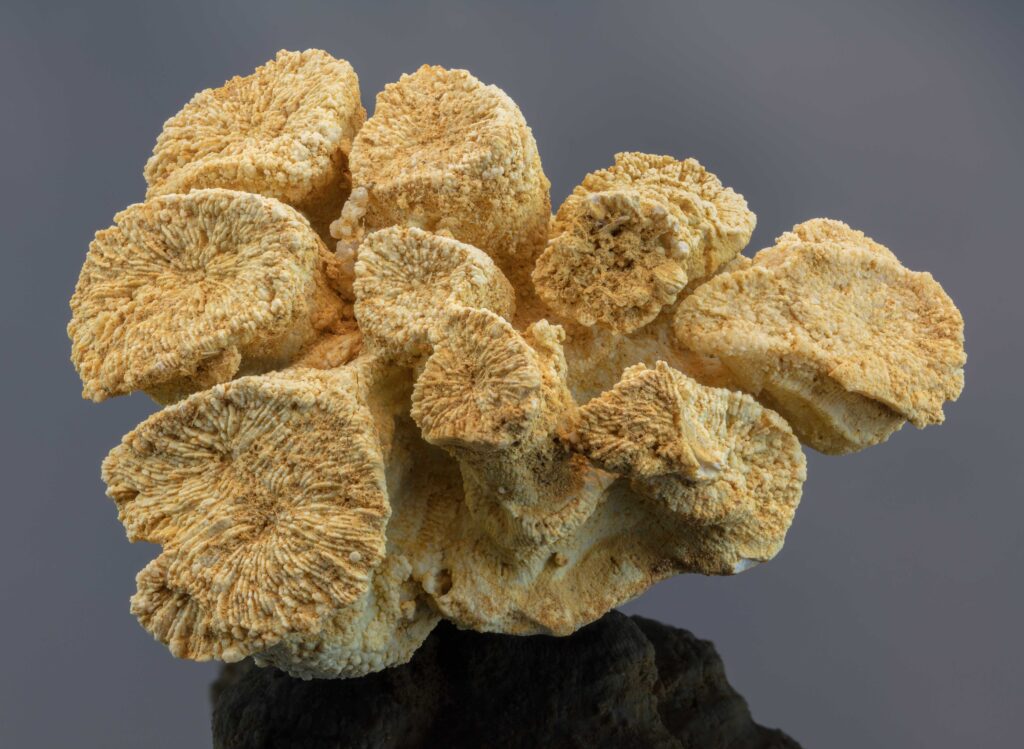Imagine if you could read Earth’s climate diary, written not in words but in the skeletal remains of creatures that lived thousands of years ago. That’s exactly what scientists are doing with ancient coral fossils, unlocking secrets about our planet’s past that could help predict what’s coming next for our oceans.
These remarkable marine architects have been quietly recording environmental conditions for millennia, creating a treasure trove of data that’s only now being fully appreciated. Just as tree rings tell us about rainfall and temperature patterns, coral skeletons hold detailed records of ocean conditions stretching back hundreds of thousands of years. So let’s dive into this fascinating underwater archive and discover what ancient corals are telling us about the future of our seas.
Ancient Climate Archives Hidden in Coral Skeletons
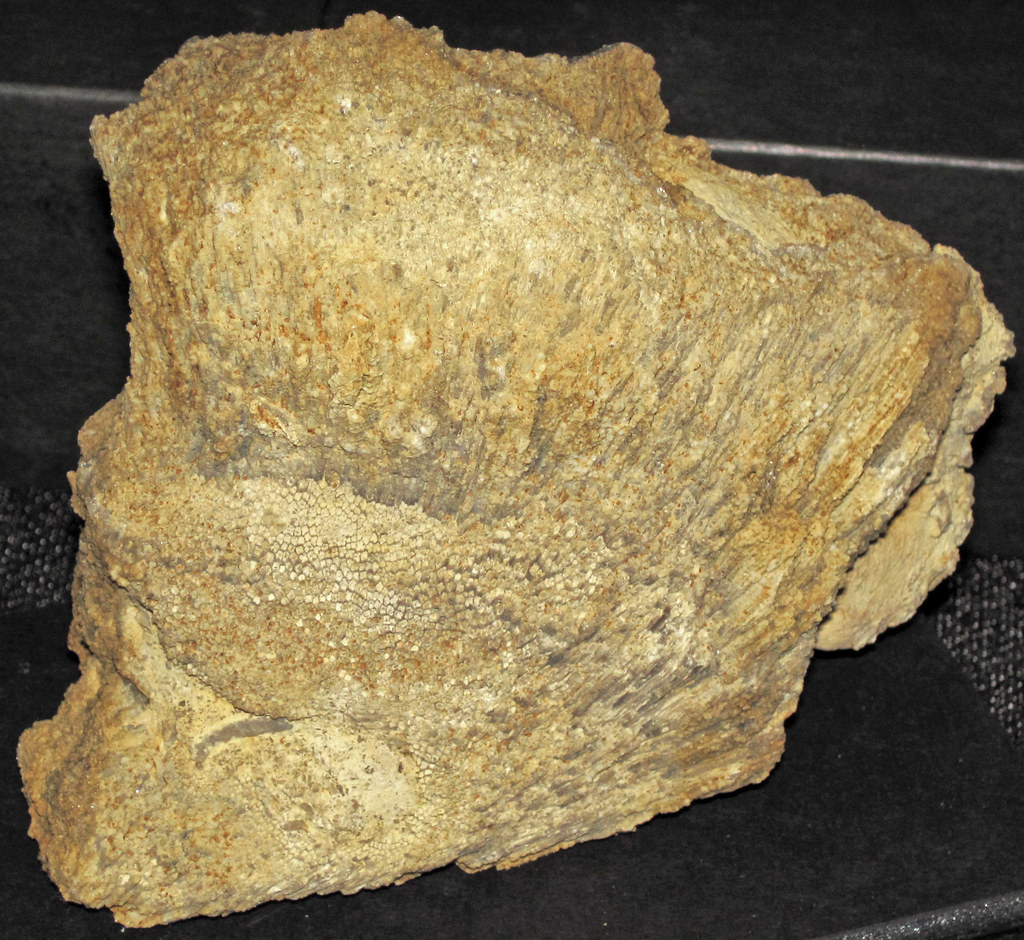
When you look at a coral fossil, you’re essentially looking at nature’s own climate monitoring station. As corals grow, they deposit a hard skeleton made up of the mineral aragonite, a form of calcium carbonate, which supports the softer tissues that comprise the coral polyp. This process creates something extraordinary: annual growth bands that function much like tree rings.
X-rays of coral skeleton slabs show alternating light and dark layers (bands) that are the result of seasonal changes in growth. A couplet of light and dark layers represents 1 year of growth and can be used to determine the age of the coral by counting back and down the coral from the known year it was sampled. Think of it as reading the pages of a book where each chapter represents a year of Earth’s climate history.
What makes these skeletal archives particularly valuable is their longevity and precision. Corals can live up to 1000 years, they are easy to date, and they can be sampled at high resolution – weekly to monthly resolution. This means scientists can reconstruct not just general climate trends, but specific seasonal patterns and even individual weather events from centuries past.
Temperature and Salinity Secrets Locked in Stone
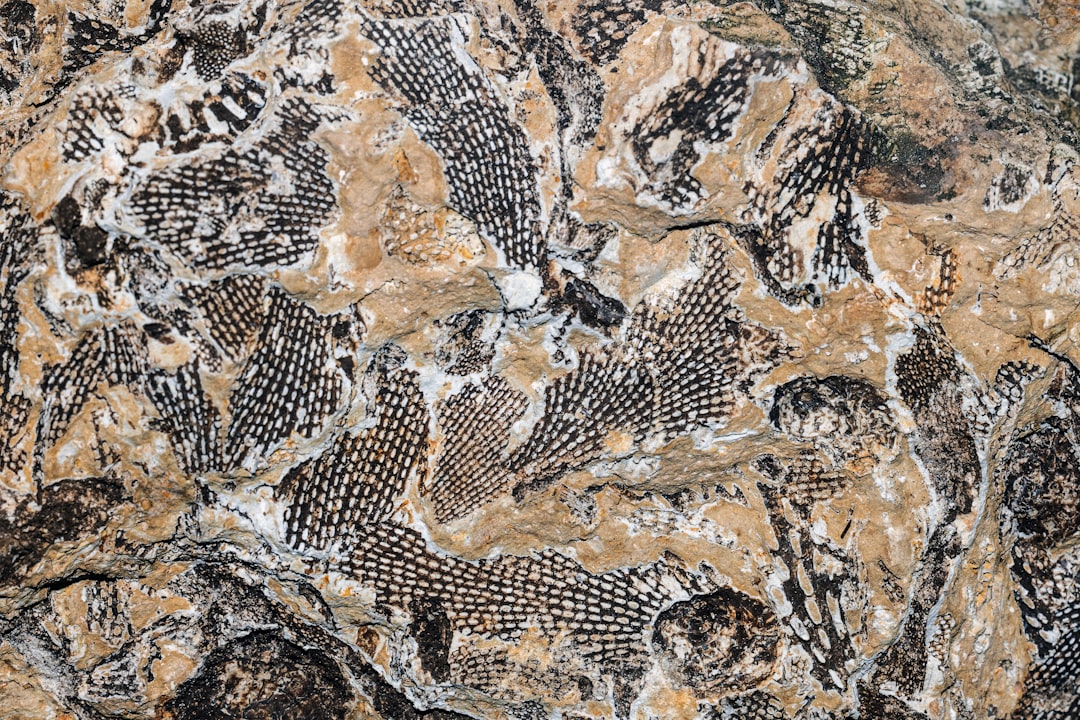
The chemical composition of coral skeletons acts like a sophisticated recording device for ocean conditions. The chemical composition of individual coral skeletons reflects changes in environmental factors such as seawater temperature, salinity, and pH (acidity) over time scales of months to centuries. Scientists have developed several methods to decode these chemical signals.
The strontium/calcium (Sr/Ca) ratio is a good, and pure, proxy for sea surface temperature; that is, the skeletal Sr/Ca ratio is controlled only by seawater temperature. In contrast, the oxygen isotope ratio (δ18O) is a mixed proxy for both seawater temperature and salinity. By combining these measurements, researchers can separate temperature effects from salinity changes.
This dual-proxy approach has revolutionized our understanding of past ocean conditions. By a combined analysis of two proxies, Sr/Ca and δ18O, it is possible to extract past salinity variation. Imagine having a thermometer and salinity meter that worked continuously for hundreds of years – that’s essentially what these coral archives provide.
Revolutionary Imaging Techniques Unlock Hidden Data
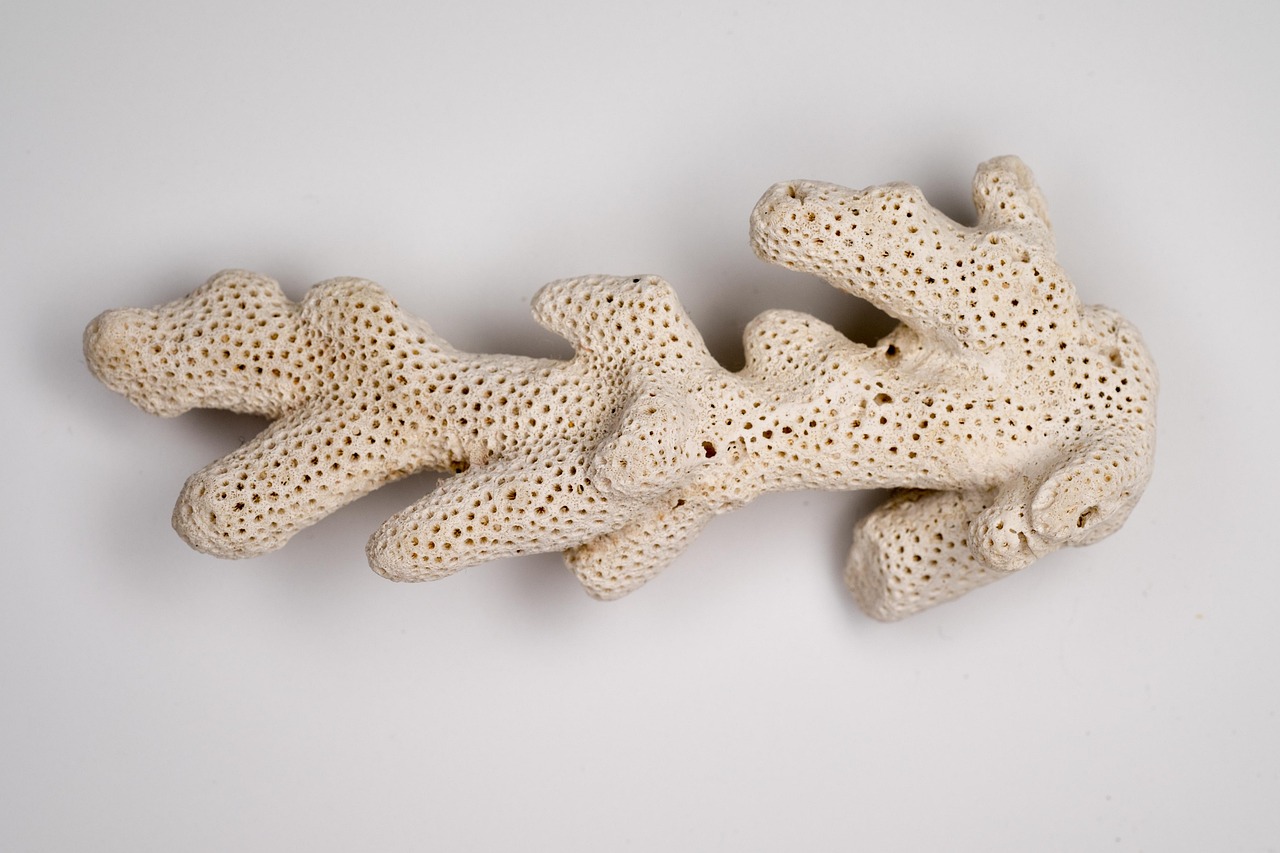
Even when coral fossils appear too weathered to be useful, cutting-edge technology is revealing hidden treasures within their ancient structures. University of Sydney Ph.D. student Carra Williams, working with the Australian Nuclear Science and Technology Organisation (ANSTO), used neutron computed tomography (NCT) to study coral fossils in three dimensions. The study reveals fine details within the coral’s structure without damaging it.
This breakthrough technique is changing everything. Corals build skeletons from aragonite, a mineral that gradually transforms into calcite over time. This natural change often erases critical chemical information about the ocean’s temperature and chemistry when the coral grew. However, the new imaging method can locate surviving pockets of original material.
The scans revealed untouched aragonite zones inside fossils thought too weathered for study. “This is like finding intact pages in an otherwise weathered book,” said Williams. “Those rare sections of original aragonite allow us to extend and strengthen our records of how reefs and oceans responded to major environmental changes in the past”. This technology is essentially giving scientists the ability to read climate records that were previously thought lost forever.
Sea Level Surprises from Seychelles Fossils
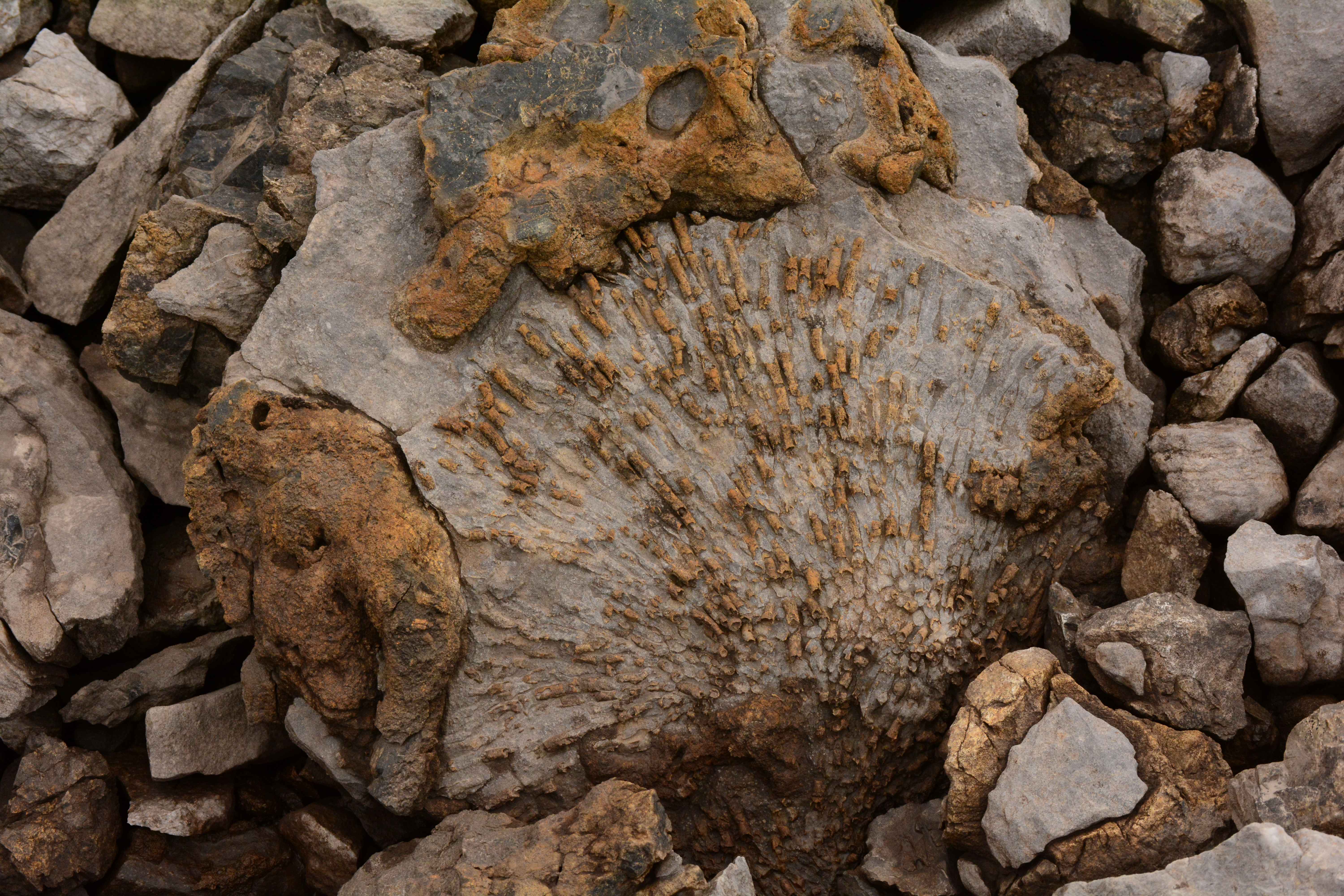
Some of the most startling discoveries have come from ancient coral fossils in the remote Seychelles islands. Ancient coral fossils from the remote Seychelles islands have unveiled a dramatic warning for our future – sea levels can rise in sudden, sharp bursts even when global temperatures stay steady. This finding challenges many current assumptions about gradual sea level rise.
By determining the ages of two dozen fossil corals from various elevations on the islands, researchers confirmed that sea levels reached their peak around 128,000 to 125,000 years ago. That was during a period known as the Last Interglacial, when global temperatures were actually very similar to what they are now.
The implications are sobering. The new evidence retrieved from fossilised corals suggests that sea levels could rise even faster and higher thanks to climate change than current projections indicate. These ancient records suggest that what we consider gradual change might actually happen in dramatic pulses, making coastal planning even more challenging than previously thought.
Antarctic Ice Sheet Sensitivity Revealed

The Seychelles coral data has revealed something particularly concerning about Antarctica’s role in sea level change. One of those sharp pulses of sea level rise identified occurred around the same time the last remnants of a massive ice sheet in North America were likely collapsing. While there’s no large North American ice sheet today, this finding has important implications for understanding the dynamics of other present day ice sheets.
The connection to Antarctica is especially worrying. “But if ice was still present in North America several thousand years into this past warm period, then some of the rise we’ve documented would have required more meltwater from another ice sheet, such as Antarctica,” explained researcher Andrea Dutton. “This would suggest that Antarctica was even more sensitive to warming than we previously recognised”.
This revelation suggests that our current ice sheet models may be underestimating how quickly Antarctica could contribute to sea level rise. The ancient corals are telling us that ice sheets can collapse much faster than we thought, with implications that stretch far into our warming future.
El Niño Patterns Across Millennia
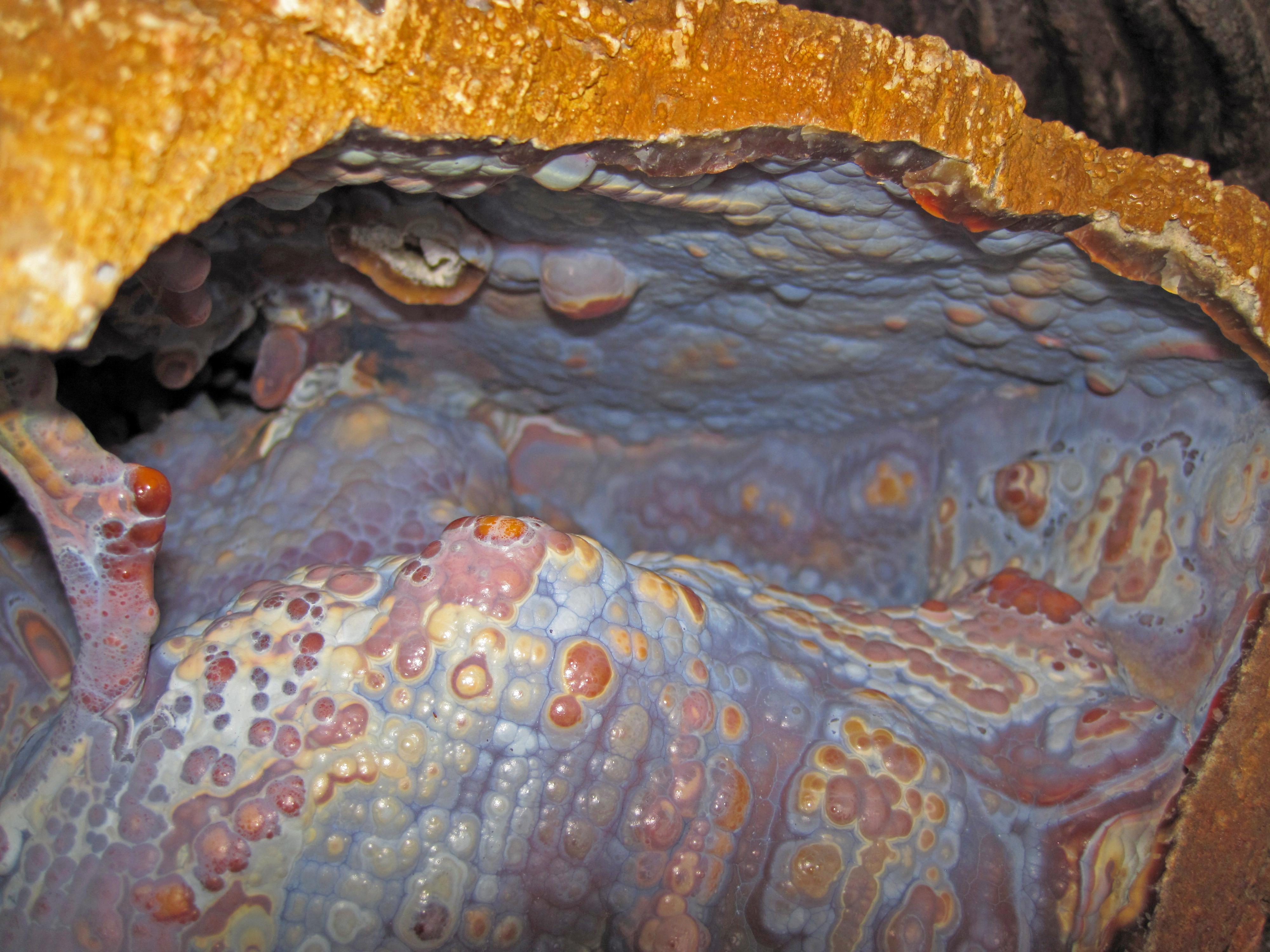
Coral fossils have provided unprecedented insights into one of the most important climate patterns on Earth: El Niño-Southern Oscillation (ENSO). Fossil coral records from the Northern Line Islands in the tropical central Pacific spanning the past 7 ka show highly variable ENSO activity in the last 7 ka, with no evidence for a systematic trend in ENSO variance.
These long-term records reveal something surprising about modern ENSO events. The coral records suggest highly variable ENSO activity, with the average fossil coral ENSO variance being lower but with some rare cases exceeding or comparable to that in the 20th century. This suggests that current El Niño patterns, while intense, aren’t necessarily unprecedented.
Researchers have also discovered intriguing connections to past warm periods. Comparing analysis results between modern corals and well-preserved fossil corals from Luzon Island, the Philippines, showed that El Niño occurred on about the same cycle during the Pliocene warm period as at present. Their study is an example of the successful application of coral skeletal climatology to the distant past. This finding provides valuable insights into how ENSO might behave under continued global warming.
Coral Bleaching Predictions from Ancient Records
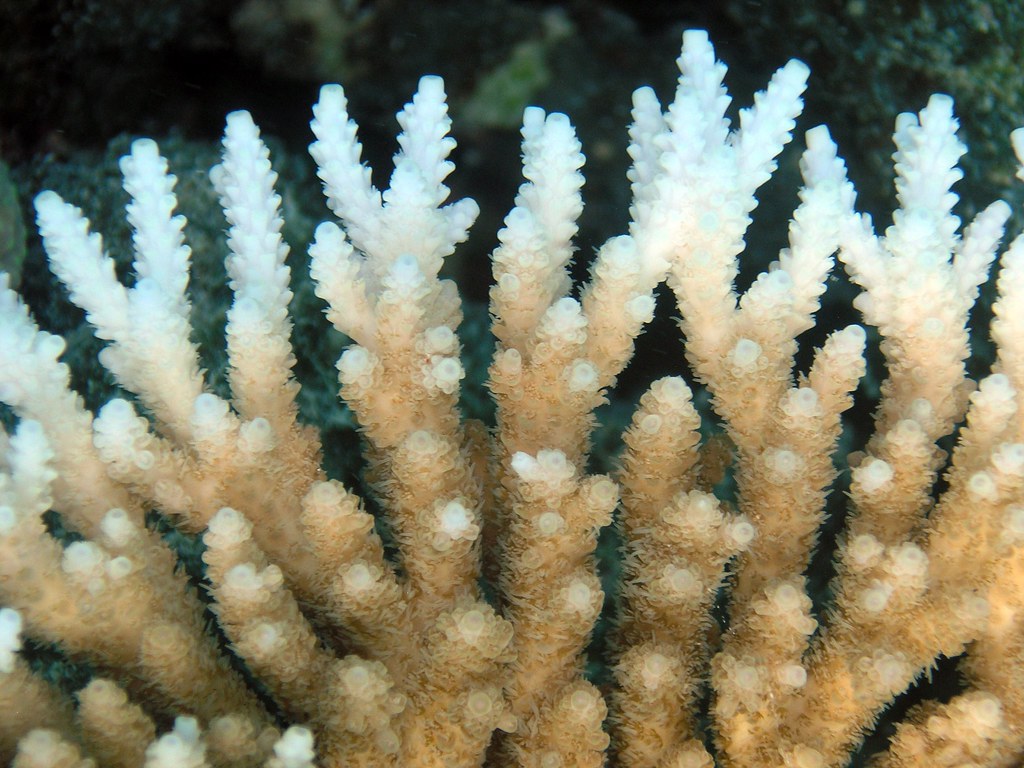
Ancient coral records are providing crucial context for understanding modern coral bleaching events and predicting future ones. Coral bleaching at a scale unseen before occurred in coral reefs around the Ryukyu Islands in August 1998, and another major coral bleaching event occurred in the southern Ryukyu Islands, especially around Ishigaki Island, in summer 2016. These events weren’t isolated incidents but part of longer-term patterns.
El Niño Southern Oscillation (ENSO) events modulate oceanographic processes that control temperature and productivity in tropical waters. ENSO and PDO together predicted maximum sea-surface temperatures, which were associated with coral bleaching and declines in coral cover across the tropical north Pacific Ocean since 1980. Understanding these connections helps scientists forecast bleaching risk.
The relationship between climate oscillations and coral stress is complex but predictable. Asynchrony between the positive PDO and negative ENSO (i.e., La Niña) was associated with peaks in annual SST. By contrast, synchrony between the positive PDO and positive ENSO (i.e., El Niño) was associated with peaks in chlorophyll-a. Both conditions create stress for coral reefs, but through different mechanisms that ancient records help scientists understand.
Ocean Chemistry Evolution Through Deep Time
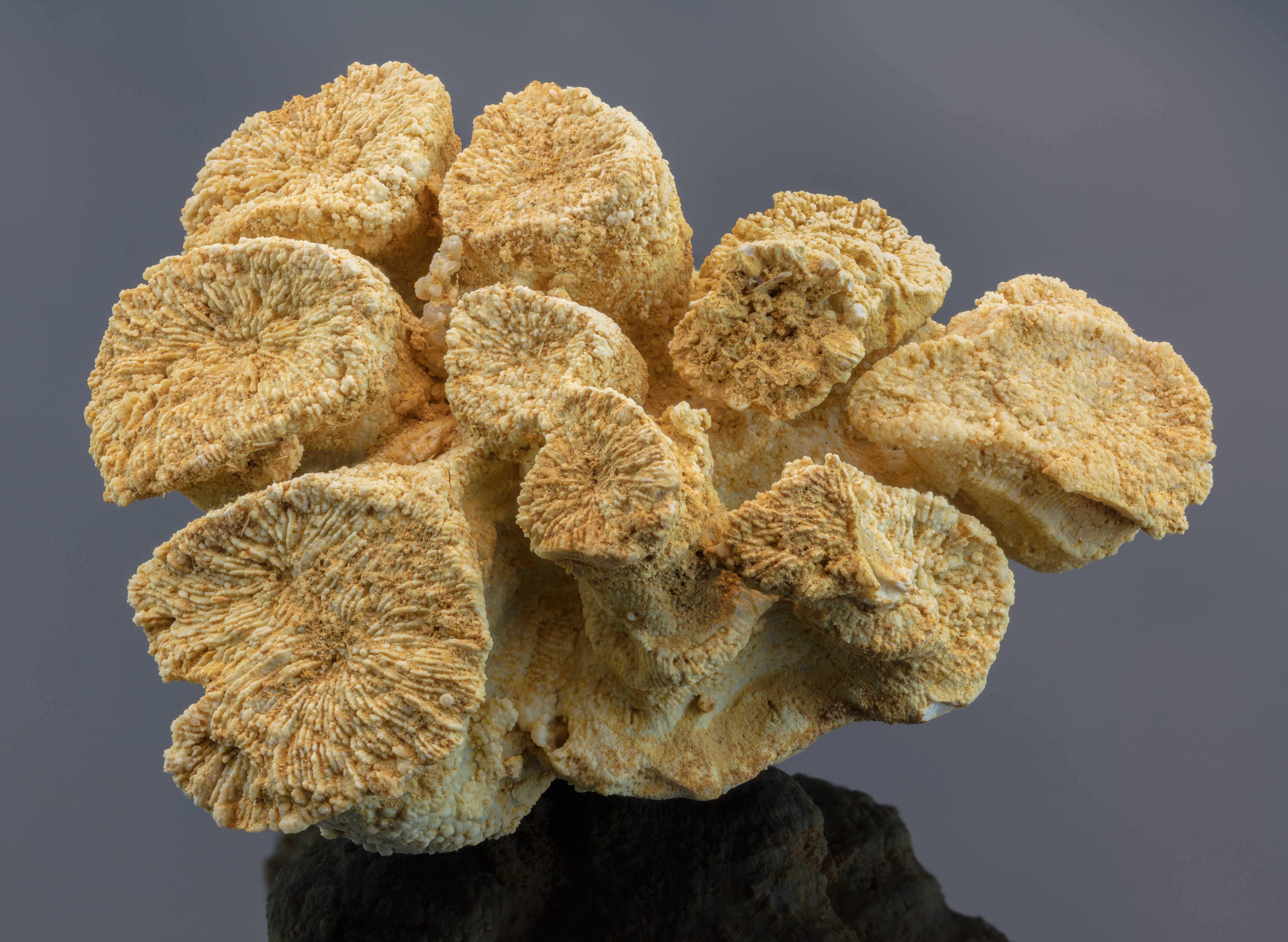
Perhaps most remarkably, coral fossils are revealing how ocean chemistry itself has changed over millions of years, with profound implications for future marine ecosystems. Ocean geochemistry, particularly aragonite–calcite seas, drives patterns of morphological evolution in anthozoans (corals, sea anemones). The lability of skeletal composition among octocorals suggests a greater ability to adapt to changes in ocean chemistry compared with the homogeneity of the aragonitic skeleton of scleractinian corals.
This research suggests that some types of corals may be better equipped to handle changing ocean conditions than others. Pulses of diversification in anthozoans follow mass extinctions and reef crises, with sea anemones and proteinaceous corals filling empty niches as tropical reef builders went extinct. This pattern provides both hope and concern for future coral communities.
The implications for modern ocean acidification are significant. Identifying how past environmental conditions shaped the evolution of corals and their skeletal traits provides a framework for predicting their persistence and that of their non-calcifying relatives under impending global warming and ocean acidification. Ancient corals are essentially showing us which types of marine life are most likely to survive in tomorrow’s changing oceans.
Conclusion
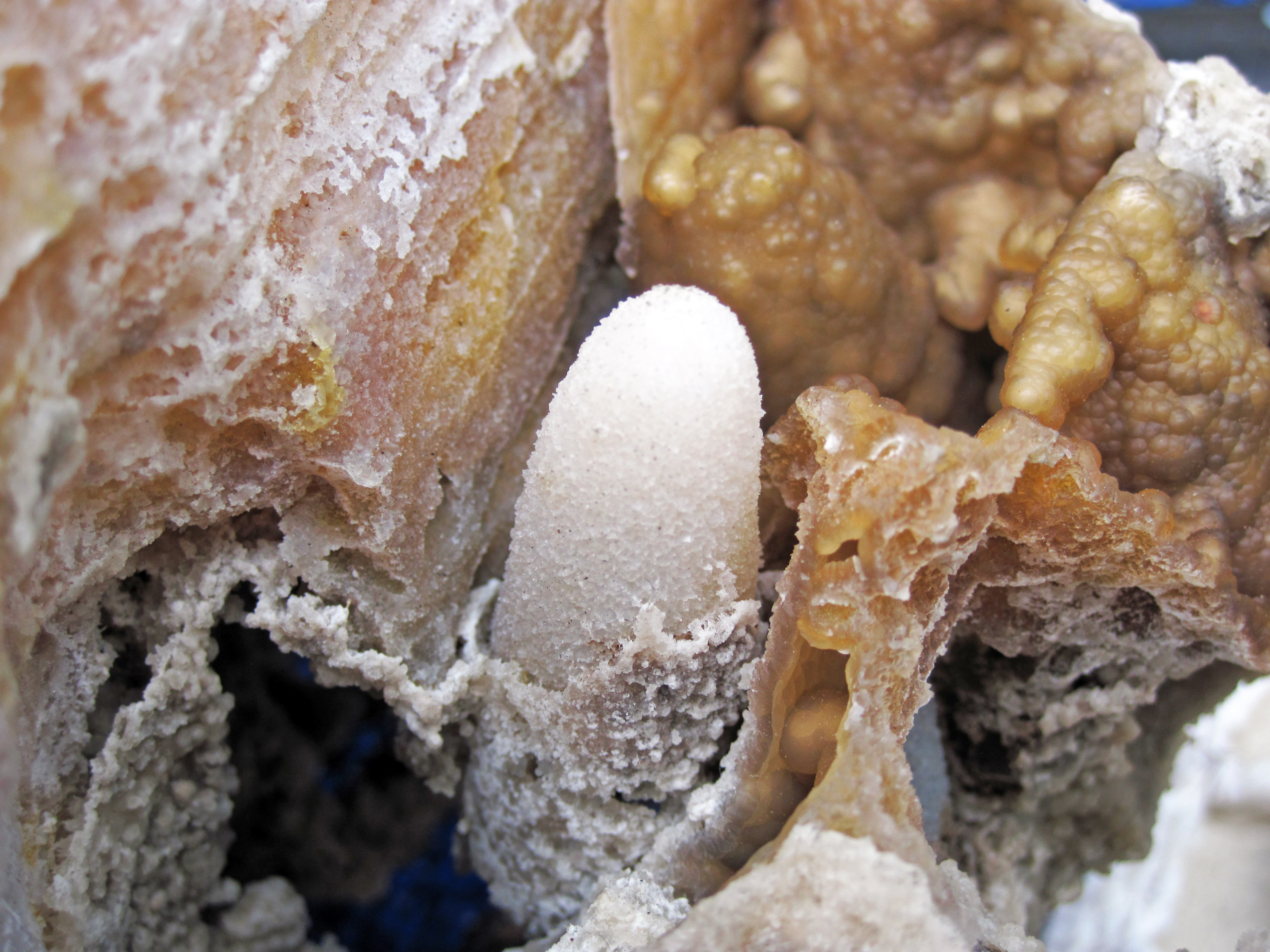
The ancient coral fossils scattered across our ocean floors and remote islands are more than just geological curiosities – they’re sophisticated climate monitoring stations that have been operating for hundreds of thousands of years. From the dramatic sea level surges revealed by Seychelles fossils to the complex El Niño patterns preserved in Pacific reefs, these ancient archives are fundamentally changing how we understand ocean dynamics and climate change.
Perhaps most importantly, these coral records remind us that Earth’s climate system is capable of far more dramatic and rapid changes than our short human experience might suggest. The sudden ice sheet collapses, the rapid sea level rises, and the intense climate oscillations preserved in coral skeletons serve as both warnings and guides for navigating our uncertain climatic future.
What surprises you most about what these ancient ocean architects have recorded? Tell us in the comments.

